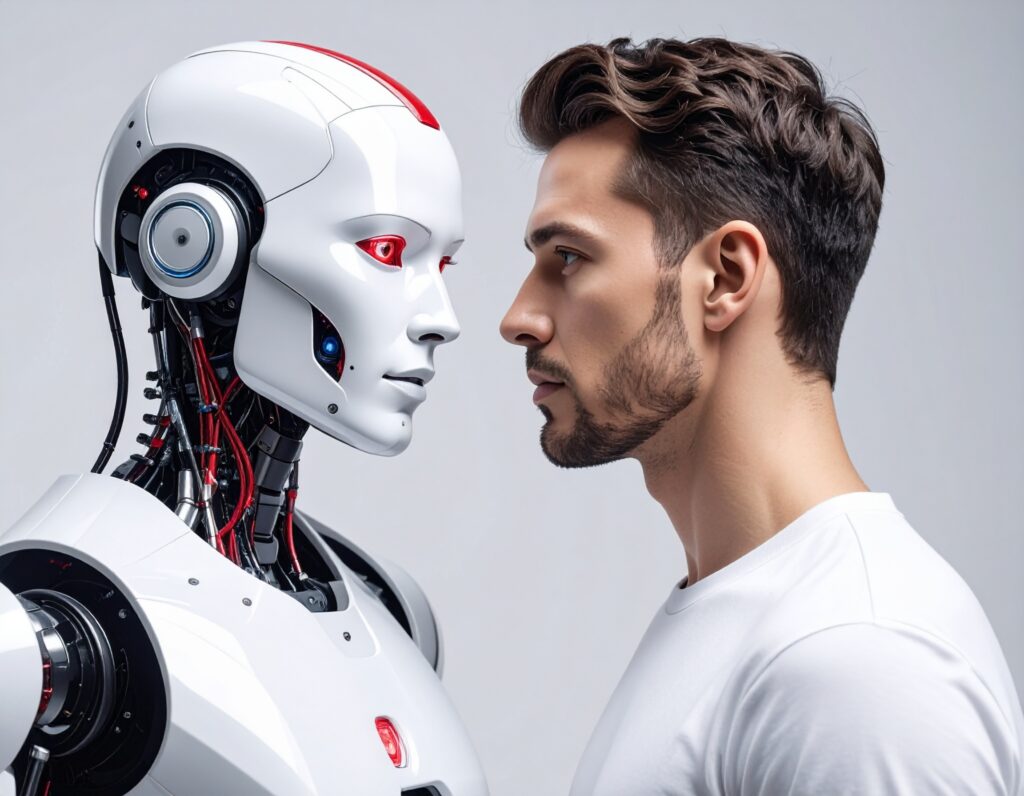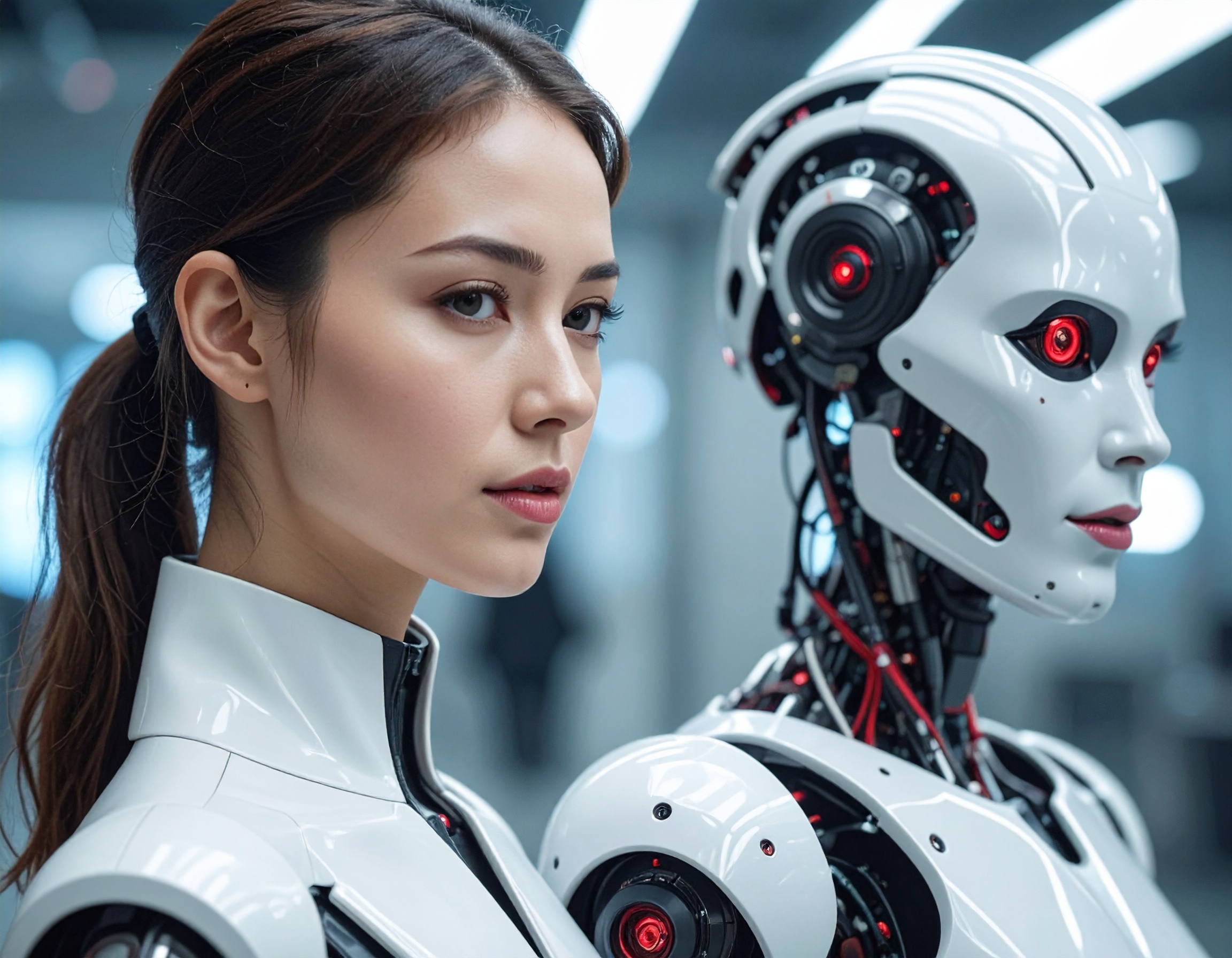Why One Co-Founder Says Musk’s Robot Dream May Be a Mirage: The Skepticism Around AI Employees

The Big Vision vs. a Harsh Reality Check
In a critique published on October 3, 2025, Rodney Brooks — co-founder of the Roomba vacuum maker iRobot — slammed Elon Musk’s vision of a future dominated by humanoid robots (like Tesla’s Optimus) as “pure fantasy thinking.” Musk has forecasted that Optimus robots could one day account for 80 % of Tesla’s value and generate trillions in revenue — ambitions that Brooks considers wildly overblown.
Brooks challenges the core assumption behind Musk’s bet: that non-human workers with humanlike hands and limbs can be trained to do real-world tasks with dexterity comparable to humans. He argues that touch — understanding contact, texture, pressure — remains vastly underexplored in robotics, making physical tasks (e.g. folding laundry, picking up fragile items) extremely difficult to teach.
What Exactly Happened & Why It Matters
- Brooks publicly dismissed the idea that humanoid robots will imminently learn full dexterity, despite billions of dollars being funneled into the field.
- He predicted that future “humanoid” robots won’t have legs like ours, but rather wheels or alternative forms better suited for specific tasks.
- Meanwhile, Tesla has reportedly struggled to get Optimus’ hands working reliably — a technical bottleneck that’s already causing production delays.
- Other robotics firms are racing ahead: in the U.S., Figure is using robots to load dishwashers and sort packages; in China, Unitree produces a more affordable robot (G1) starting at $16,000.
This clash matters not only for Musk’s credibility but for the broader debate over AI Employees and Non-Human Workers. If the foundational hardware and sense systems fail, then the promises of automating entire factories or homes fall apart. It’s a real test of whether humanoid robotics is hype or a turning point in automation.

Beyond Musk: The Broader Context
Even advocates in the finance and robotics worlds see potential rewards — and huge risks. A Morgan Stanley analyst has suggested that if a robot costs $5/hour to run, it could replace labor paid at $50/hour, making the business case compelling. Yet critics warn that most current demos still rely on teleoperation rather than full autonomy — meaning humans remotely guide the robot’s moves.
The debate also shapes how society thinks about jobs, consent, and safety: deploying Voice AI Agents or humanoid robots into homes and workplaces raises new stakes around liability, trust, and ethical oversight. In short, if Musk is wrong, not just billions but the social fabric around work and automation could be at risk.
Key Highlights:
- Rodney Brooks, iRobot co-founder, publicly challenged Musk’s humanoid robot strategy on Oct 3, 2025.
- He argues that teaching dexterity and touch to machines is far more complex than currently assumed.
- Tesla is reportedly struggling with Optimus’ hand mechanics, delaying production.
- Competing robotics firms (e.g. Figure, Unitree) are gaining traction in narrower domains.
- While some analysts foresee AI Employees replacing human labor cost-effectively, many demonstrations still depend on human remote control.
Reference:
https://futurism.com/robots-and-machines/robot-vacuum-elon-musk-humanoid-robots


